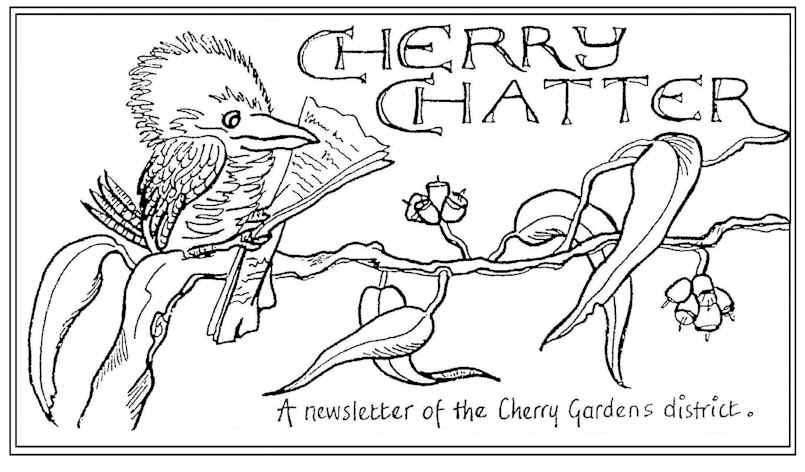Plucky Plovers holding on, with a little help from their friends
A decade-long effort to save one of our most threatened beach-nesting birds from extinction appears to be slowly paying off.
The preliminary results of this season’s conservation efforts for Hooded Plovers on Fleurieu and Adelaide beaches reveals that 17 chicks this year have successfully fledged. This is the third highest number of plover chicks to have made it through to first flight for the past decade.
“This has been one of the better years for the birds on the Fleurieu, with only two less fledglings than the best year of all, in the 2015-16 breeding season” said Mr Tony Flaherty, Coast, and Marine Manager of Adelaide & Mt Lofty Ranges NRM Board.
“Over the last few years, with the success of some breeding pairs on the Fleurieu, these ‘Hoodies’ from the south appear to be setting up territories on our metro beaches, like Hallett Cove, Seaford and this year even West Beach.
The beaches with the highest breeding success this year include Ochre Cove, Basham’s Beach, Seacliff and Tunkalilla.
“The plover’s road to recovery so far would not have been possible without the help of volunteers and local councils,” said Mr Flaherty.
“Our Hoodie volunteers regularly check the beaches, raise awareness with beach-goers and help identify when and where birds are nesting. They work with our Coastal team, BirdLife Australia and council staff to put up temporary signs and set up rope fences around nests to encourage beach-goers and their pets to give these feathered mums and dads some space.”
Nationally, the Hooded Plover is threatened with extinction and is listed as vulnerable in South Australia under the National Parks and Wildlife Act.
Each season the species suffers a high loss of eggs and chicks from storms and predation by other birds, such as magpies, birds of prey and gulls and foxes as well as disturbance from people and their dogs.
Mr Flaherty said research has shown that simply keeping dogs on a lead near nest sites will help chicks survive long enough to fledge and be able to fly away from danger. Dogs off lead move randomly and disturb the birds more, leaving them open to predators, including the dogs themselves.
Not to be confused with the swooping Masked Lapwing or Spur-wing Plover, the Hooded Plover nests on the beach itself, above the high tide mark and in front of the base of the dune. This gives their chicks ready access to food such as insects, sand-hoppers and other small critters they find in washed up seaweed and at the water’s edge.
The Hooded Plover project is a collaboration between BirdLife Australia, the Adelaide and Mount Lofty Ranges Natural Resources Management Board, together with councils of Onkaparinga, Yankalilla, Victor Harbor, Alexandrina, Marion, Holdfast Bay and Charles Sturt and the Australian Government’s National Landcare Program.
Mr Flaherty said that as the nesting season winds up, the Hoodies become less territorial and larger flocks of hoodies can be seen around the region.
“Come August, the birds will pair up again. As the public learns to share the shores with plovers, and more dog owners ‘take the lead’ on the beach, we look forward to another good season ahead,” he said.
MEDIA CONTACT
Abbie Thomas
Communications and Engagement Coordinator
Natural Resources Adelaide and Mt Lofty Ranges
Department for Environment and Water
P: 0417 975 597
E: abigail.thomas@sa.gov.au
www.naturalresources.sa.gov.au/adelaidemtloftyranges

